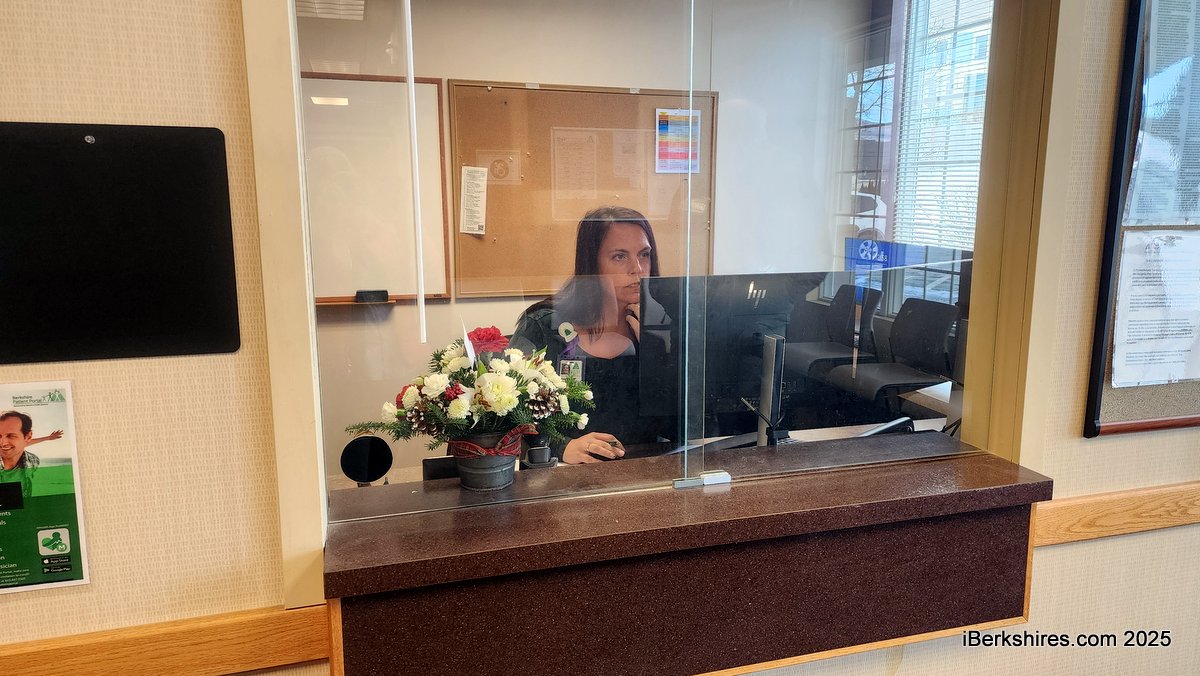Letters: Vote on April 24 & Make Your Voice Heard
 |
To the Editor:
We, as Williamstown residents, owe it to our neighbors to get out and voice our choices at the special town meeting that was petitioned by a few residents. There is more at stake than the 10 acres of identified "pristine land." Part of our community, a small community within a community, is also at stake.
I resided in that community for 15 years until Tropical Storm Irene flooded my home, which resulted in nearly a total loss of my personal possessions, in addition to my home. Where my home once was is now just a cement slab.
The Spruces, even now, is a place where neighbors help neighbors; they have safe space and freedom to ride bikes; have their own flower gardens; walk their dogs and socialize. Because of the flood, I lost that community and because of the housing shortage, I was forced to live outside of Williamstown for over a year. I am grateful to say I was finally able to find housing in Williamstown.
Are we going to allow the additional sacrifices of the Spruces residents to go unnoticed by removing options for development from the table? Do we want to limit the type of housing by limiting the type of land options?
It is too soon to determine what is financially feasible without due diligence. For example: replicating a community, constructing condominiums with an affordable housing component, or multiunit housing?
We, as a town, need more time not only to determine the most beneficial use of the gift of the Spruces' 120 acres and replacement housing, but also the Mitigation Grant of $6.1 million.
I urge you to become informed, if you are not already, and vote April 24 at Mount Greylock Regional High School at 7 p.m. YOUR VOICE matters!
If only a few are able to represent the town, then options for affordable housing development may be lost forever. For more information and copies of the articles up for vote, please go to the town of Williamstown's website.
Phyllis Alcombright
Williamstown
April 16, 2013
Tags: affordable housing, conserved land, lowry property, Spruces,
















